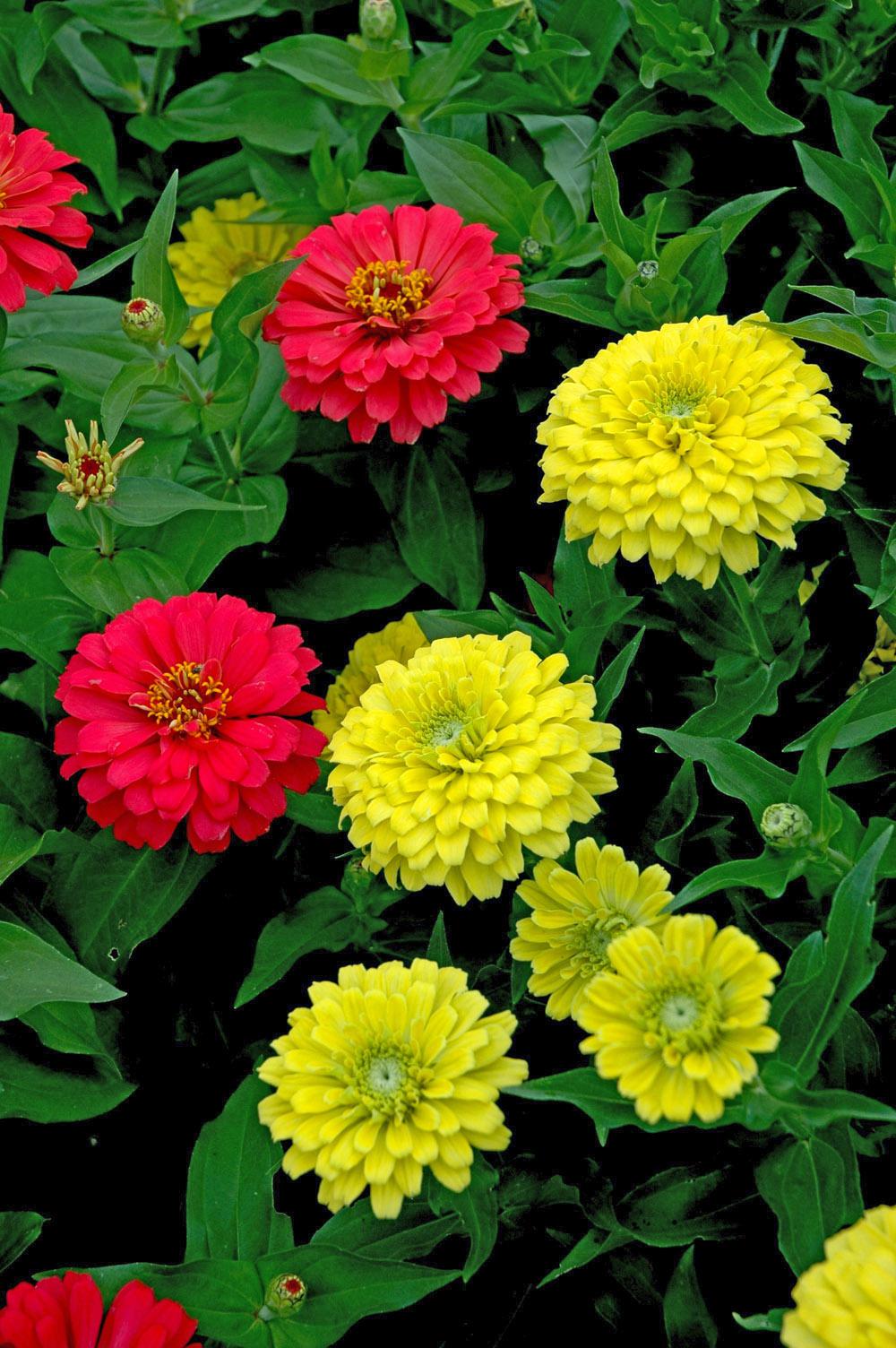Information Possibly Outdated
The information presented on this page was originally released on August 10, 2006. It may not be outdated, but please search our site for more current information. If you plan to quote or reference this information in a publication, please check with the Extension specialist or author before proceeding.
Plant in August for late-season color
By Norman Winter
MSU Horticulturist
Central Mississippi Research & Extension Center
Most of us are fed up with the heat. Thank goodness I have paid better attention to watering and fertilizing this year, and it has paid dividends. My flowers for the most part are still looking doggone good, including the petunias.
If your garden, on the other hand, has that barely alive look, then you may want to start thinking about a late-summer planting of marigolds or zinnias.
Many of our garden centers get in a fresh shipment of these annuals just before the mum season sets in. If yours does not, know that both can be grown easily from seeds. Planting over the next couple of weeks will set you up for a long period of blooming leading up to our first frost.
Zesty colors…
In the past, I have told you about zinnias like Benary Giants, the best for cutflowers, and the Profusion Fire and Profusion Apricot, this year's Mississippi Medallion award winners. Now, there is a new group called the Zesty series to watch for.
The Zesty series is short, much like the Dreamland series. They produce huge dahlia-shaped blossoms on a great landscape plant. They come in a multitude of colors and have been very good performers in our MSU trials at Crystal Springs.
When you consider that the colors of fall are oranges, yellows and reds, then the marigold may be the ideal plant. They are loaded with bold colors and bold flowers that range in size from a quarter to a tennis ball. While primarily considered for spring, they are ideal for planting this time of the year.
Overcoming threats…
Although leaf-spotting diseases are a problem with some varieties, Zesty zinnias' foliage will stay remarkably free of these signs. It was a bad year for leaf spotting at the MSU experiment station in Poplarville, but the Zesty zinnias and the Profusion series stood out even from a distance. This makes the series an environmentally-friendly performer in Southern landscapes.
You may have come to hate your spring-planted marigolds because they are more susceptible to spider mites and now are loaded with them, especially as the summer heats up. The good news is that research in Texas has shown that marigolds planted in August are not nearly so plagued by spider mites because their reproductive rates change as they head into fall.
New varieties…
There are some new exciting varieties of marigolds that will be coming to the marketplace. One variety is Moonstruck. This is a huge flowered African marigold similar to Antigua, Inca and Marvel, but the flowers are larger and round. You will love this series. They will be available in orange and yellow.
Floranova, a unique and innovative breeding company in the United Kingdom, brings us two new series of triploid marigolds, Zenith and Sunburst. If you have ever wondered what a cross between the African and the French marigold might look like, this is your opportunity. The plants are large, vigorous and packed with flowers.
The Sunburst series has five colors and features single-petaled flowers. The Zenith series has nine colors and have a blossom more typical of a French marigold.
Lastly is a new marigold called Lunacy. This one has to be considered weird and wonderful and will most assuredly come as a pleasant surprise to the breeder. I do not know how they will describe it, but I think it has a peony form. The flowers are medium large and resemble a small peony, except in marigold colors. You have to admit this is a fun time to be a gardener.
Ready, shop, plant…
I don't know when any of these will show up at your garden centers. I do know both growers and garden centers in Mississippi are among the most progressive in the country and surrounding states are jealous of what we have here.
Prepare beds by incorporating 3 to 4 inches of organic matter and 2 pounds of a slow-release, 12-6-6 fertilizer per 100 square feet of bed space. Direct seed or set out transplants that have little to no color showing.
Both zinnias and marigolds combine nicely with other colorful fall flowers like mums, Mexican bush sage and asters. You will notice they bloom before and after mums, and they are downright inexpensive.




